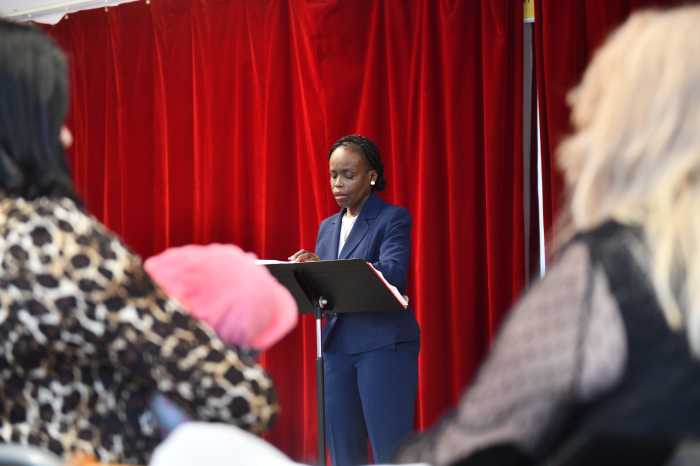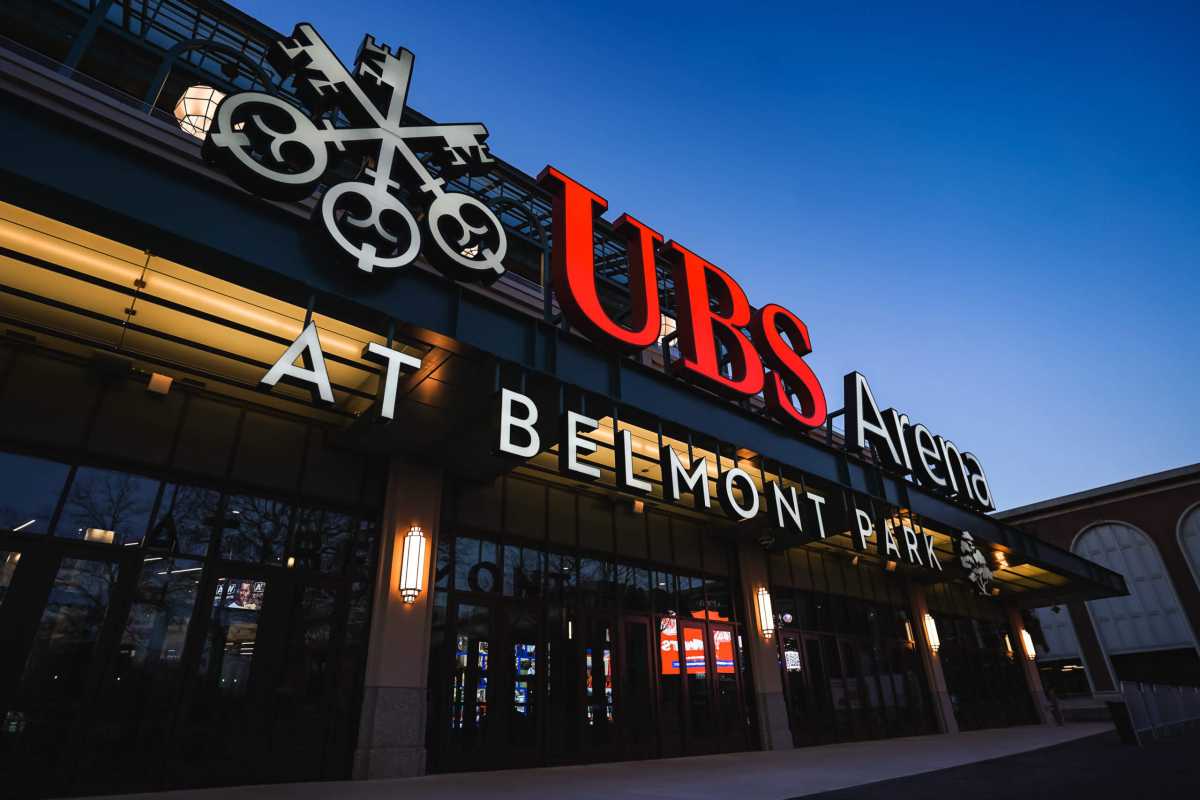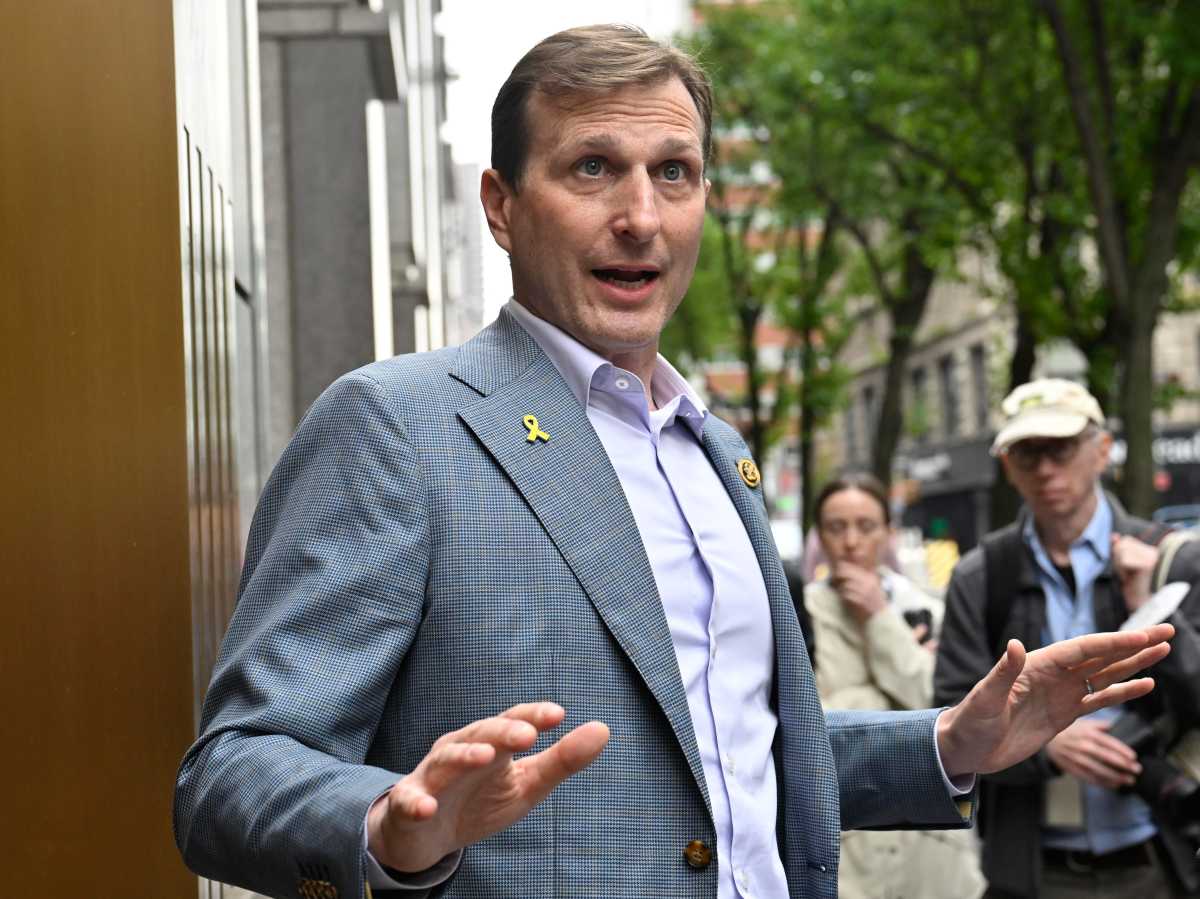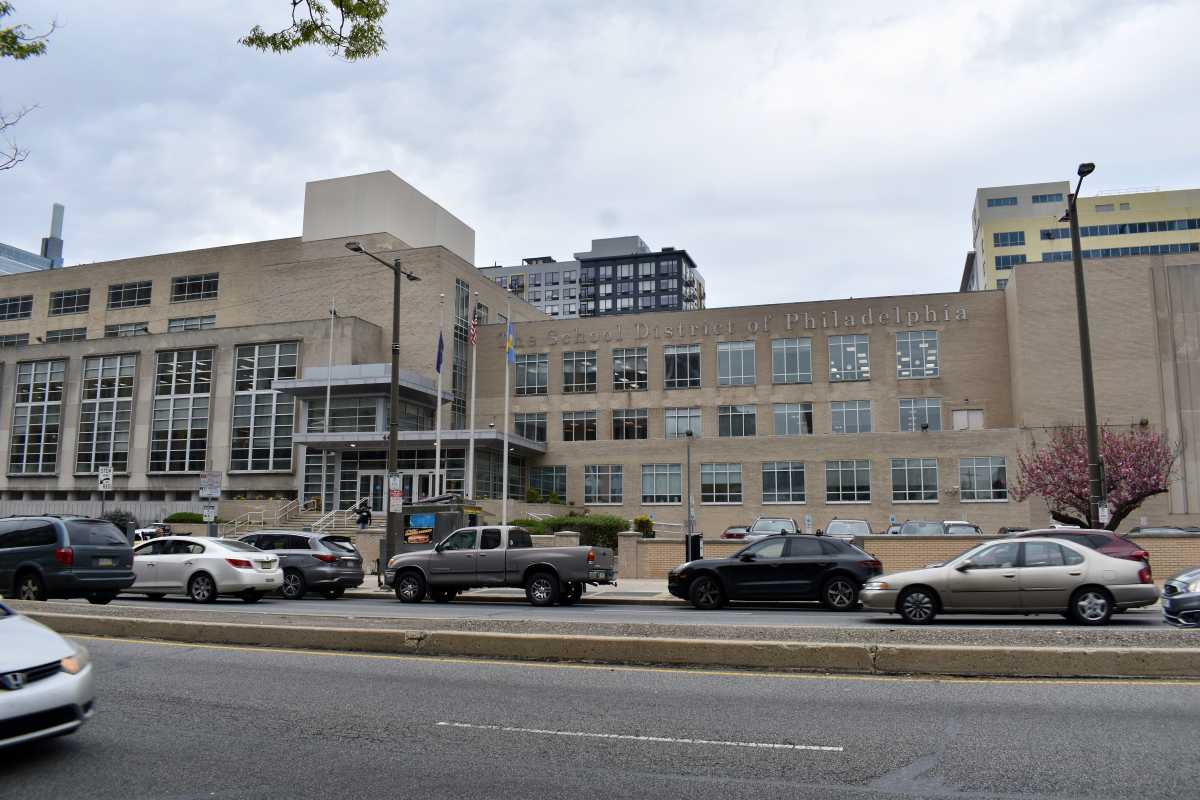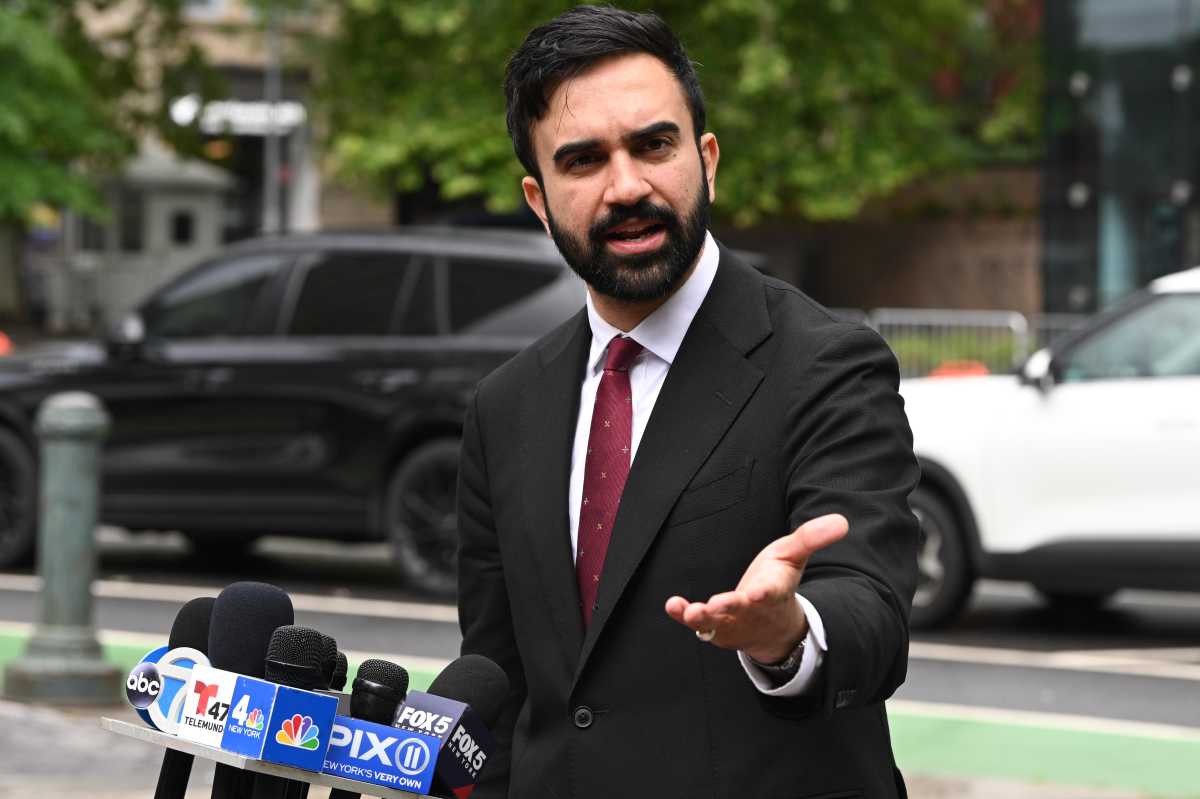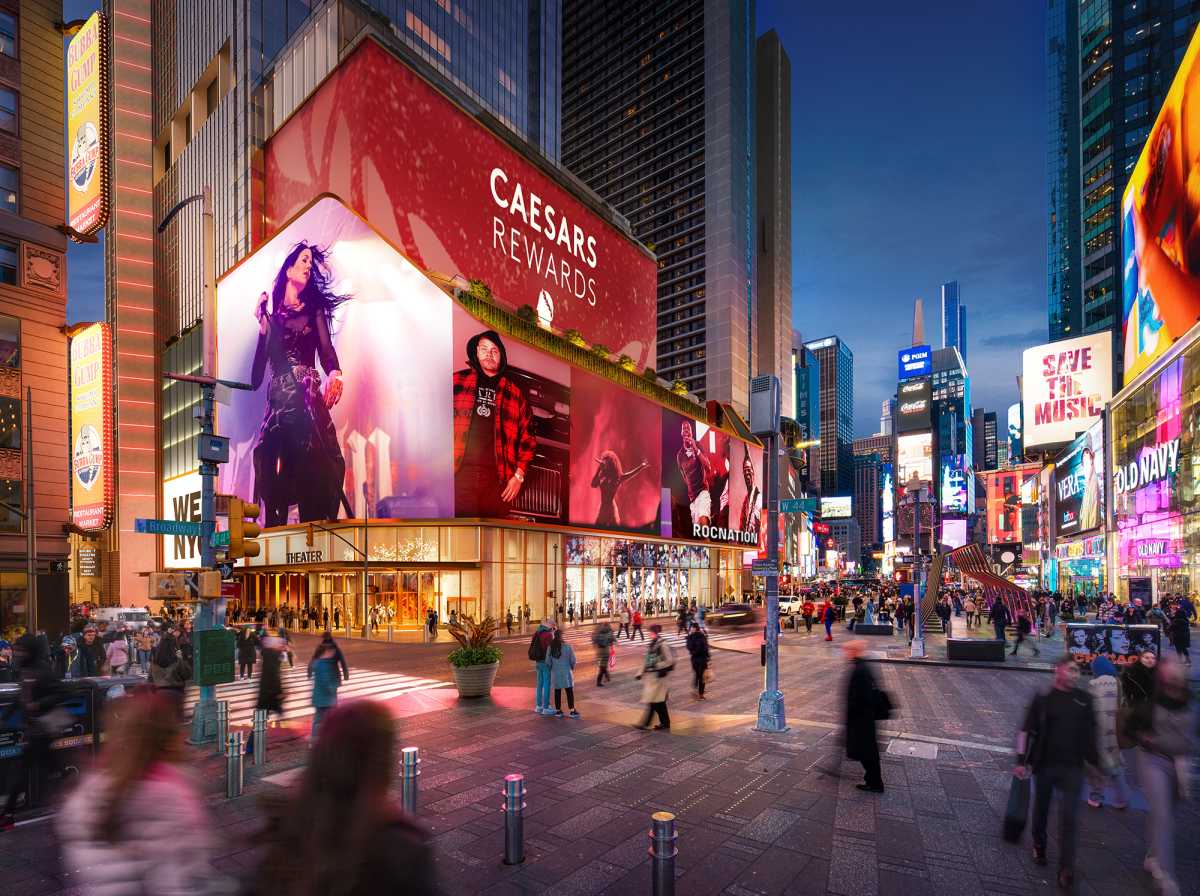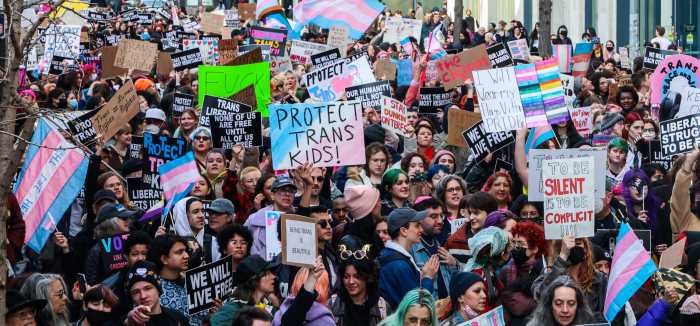By Amy Sawitta Lefevre and Panu Wongcha-um
BANGKOK (Reuters) – Amid beating drums, the whistle of an ancient flute and an artillery salute, Thailand began a lavish and elaborate ceremony on Thursday steeped in ancient rites for the funeral and cremation of revered late King Bhumibol Adulyadej.
Hundreds of thousands of black-clad mourners lined the streets of Bangkok to watch the funeral procession, with buildings on the route draped in yellow marigolds before his cremation.
Mourners slept overnight on thin plastic mats on pavements near the Grand Palace in the Thai capital so they could get a good view of the procession.
“This is the last goodbye. I really love and miss him. It is very difficult to describe,” said a tearful Pimsupak Suthin, 42, who traveled to Bangkok from the northern province of Nan.
King Bhumibol, also known as King Rama IX, died last October aged 88 after ruling for seven decades. He played a pivotal role in maintaining stability during years of political upheaval and rapid development.
Officials dressed in blue and orange removed a symbolic golden urn from the Dusit Maha Prasart Throne Hall at the start of the ceremony.
The late king’s body, which had been lying in state at the palace since his death, was moved to the cremation area on Wednesday night.
New King Maha Vajiralongkorn, King Bhumibol’s only son, arrived at the Grand Palace dressed in a red uniform with his two daughters and young son.
He presided over religious chanting as the urn was removed by soldiers and placed onto a golden chariot. Other senior members of the Thai royal family walked behind the urn, which arrived at the royal crematorium early on Thursday afternoon before the evening’s cremation.
All television stations in Thailand broadcast the ceremony that evoked images of ancient Siam, Thailand’s former name.
Ancient Thai beliefs dictate that the rites in the funeral ceremony will ensure the late king’s return to heaven. The Thai word “sawannakhot”, which means “return to heaven”, is used to describe a monarch’s death.
FLOWERS, PROSTRATION
Officials in charge of the ceremony said around 110,000 members of the public had gathered near the cremation area, with another 200,000 in adjacent areas in the city’s historic center.
A series of processions leading the urn wound through the streets from the Grand Palace in Bangkok’s historic quarter to the 50-metre (165-feet) high Royal Crematorium that has been erected in a square nearby.
A sum of $90 million has been set aside for the funeral, the likes of which has never been seen in Thailand, officials have said, even though King Bhumibol was portrayed as a frugal man despite being one of the world’s wealthiest monarchs.
In other parts of the Thai capital and around the country, 85 smaller replicas of the royal crematorium and more than 870 pavilions were built for mourners to lay sandalwood flowers and pay their final respects to their beloved king.
Many were visibly moved as dozens of men, clad in ancient red garb, pulled the golden chariot carrying the royal urn.
Others clutched black and white pictures of the late king and many chose to prostrate themselves as the royal urn passed by. The practice was abolished in 1873 by King Chulalongkorn, also known as Rama V.
In Nonthaburi province north of Bangkok, a long queue of black-clad mourners waited to place sandalwood flowers to pay their final respects as volunteers handed out food.
DEATH LEAVES A VACUUM
Piyamat Potsopho, 38, said she had been waiting for the king’s funeral procession in Bangkok since Wednesday night.
“I was very fortunate to have been born under the reign of King Rama IX,” she said.
Analysts say the king’s death has left a large vacuum in the Thai psyche.
Thailand has observed a year of mourning and radio and television stations have played songs dedicated to the monarch almost non-stop. The songs urge Thais to follow in “father’s footsteps”.
King Bhumibol is often referred to as “father” by Thais and is credited with reviving the popularity of the monarchy.
Days of heavy rain failed to deter mourners, many of whom pitched tents in order to gain the best access to the funeral.
Many businesses around the Southeast Asian nation were shut, while Bangkok’s old quarter was draped in floral garlands made of marigolds. Some government buildings placed potted yellow marigolds around portraits of the late king.
King Bhumibol was born on a Monday, a day which Thais associate with the color yellow.
(Additional reporting by Panarat Thepgumpanat, Juarawee Kittisilpa and Aukkarapon Niyomyat; Writing by Amy Sawitta Lefevre; Editing by Paul Tait)





